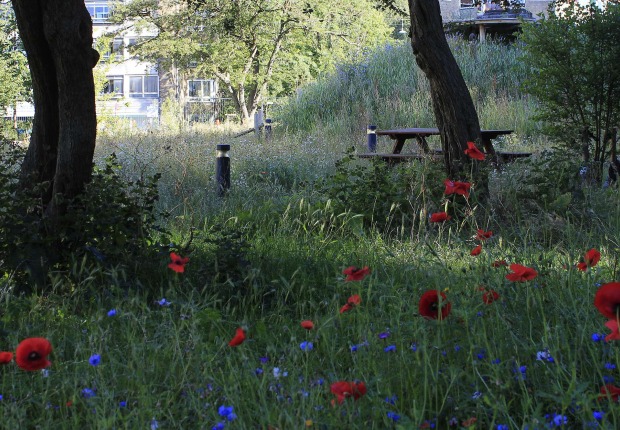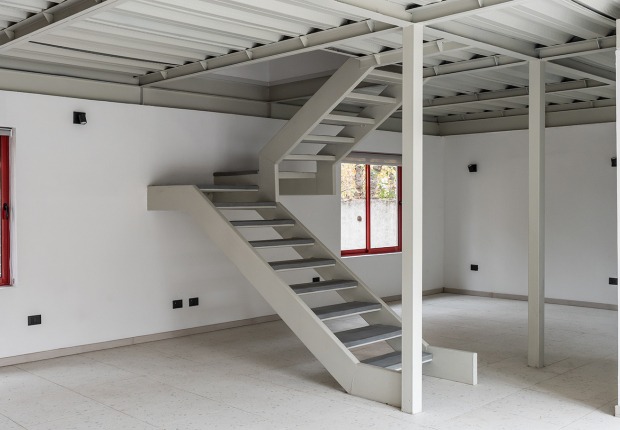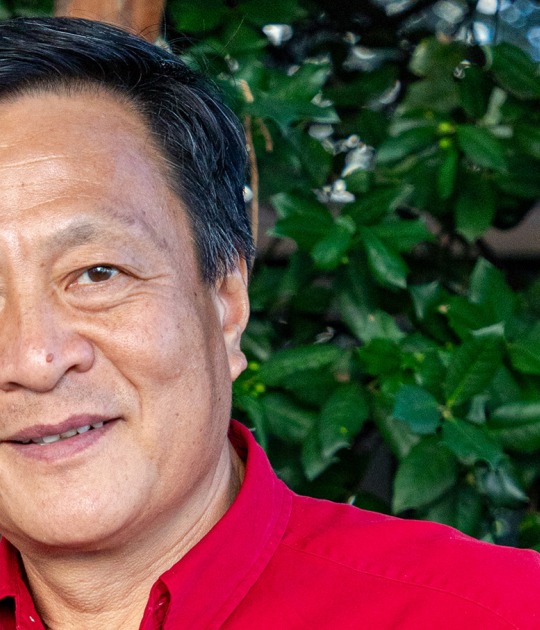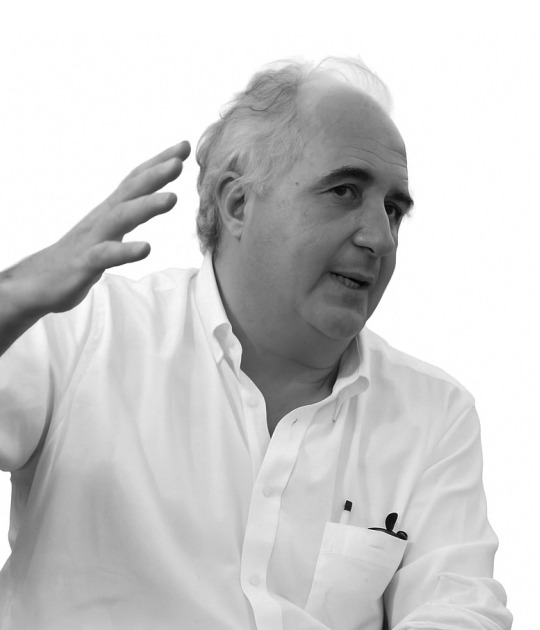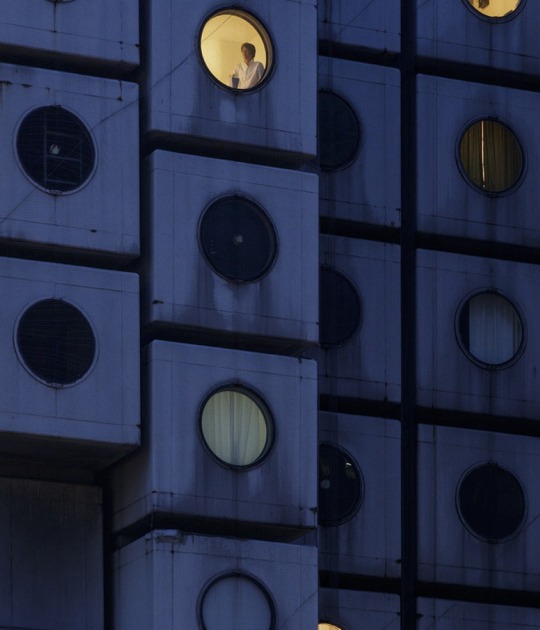Originally opened in 1967, the Pavillon Le Corbusier was used as an exhibition venue for presenting Le Corbusier’s work and ideas to a wide audience. In keeping with this spirit, the pavilion reopen as a public museum operated by the Museum für Gestaltung Zürich on behalf of the owner, the City of Zurich.
The Pavillon Le Corbusier came about thanks to the initiative and great dedication of the interior designer, gallery owner, and patron Heidi Weber. She won over Le Corbusier for the project, obtained building rights for fifty years for the land on the Blatterwiese meadow from the City of Zurich, and drove forward the construction with patience and perseverance despite many difficulties. Work on the building began in 1964, but came to a stop with Le Corbusier’s death in August 1965. Afterward, a new project team had to be put together to successfully complete the building.
The pavilion was inaugurated in 1967 as the last design by Le Corbusier. When the lease on the land expired, ownership passed to the City of Zurich in 2014. Eva Wagner was hired to manage the museum for four years, after which the pavilion was extensively renovated and repaired from October 2017 to February 2019. For this purpose, the architects Silvio Schmed and Arthur Rüegg meticulously analyzed the landmarked building in order to restore it with consummate expertise and great attention to detail. Today, the Pavillon Le Corbusier shines forth again with the same freshness, elegance, and bright colors as when it was first built.
The Main Exhibit: The Pavilion Itself
Le Corbusier designed the pavilion with the goal of building the ideal exhibition venue. Art, architecture, and the life infusing them were to be merged in a new symbiosis. With this exhibition space in the form of a pavilion, Le Corbusier thus realized his vision of a “synthesis of the arts.”Numerous sketches and plans attest to a prolonged development period that began in the mid-1950s.
The ship-like construction is based on Le Corbusier’s Modulor system of proportions, and the building embodies a number of his other design principles as well—as a kind of architectural legacy. These tenets include prefabrication, elements such as the access ramp and the small roof garden that recur throughout his oeuvre, and the “promenade architecturale,” a carefully conceived route through the building to enable the visitor to optimally view and experience the architecture.
The colorful pavilion across some 600 square meters and four stories, offers various perspectives and vantage points. Le Corbusier’s furniture, some of it permanently installed, is spread throughout the pavilion, demonstrating its second designation as a residence and inviting visitors to linger. Even the small roof terrace is now open to the public, affording unobstructed views of the Zürichhorn river delta and the lake.
The Opening Exhibition: Mon univers.
The exhibition Mon Univers extends over all floors and is dedicated to the Swiss architect’s passion for collecting, giving visitors a glimpse of his versatile creative cosmos. Throughout his life, Le Corbusier pursued the vision of a synthesis of the arts, and for this purpose, he amassed objects and trouvailles from art, industry, folklore, and nature, which he arranged in assemblages. He drew on a wide variety of objects as references and sources of inspiration for his various artistic practices—including conch shells, ceramics from the Balkans, flotsam, and industrial glass. The exhibition brings together originals from Le Corbusier’s private collection with historical photographs, casts, and paintings, as well as finds from nature. Loans from the Fondation Le Corbusier in Paris, important private collections, and the Antikenmuseum Basel enter into a visual and thematic dialogue with the pavilion.
On the lower level, around fifty personal collectibles from the Fondation Le Corbusier are presented, along with film clips of Le Corbusier (taken with a 16mm camera), and a wall of large-format film stills.
The legendary 1931 installation Les arts dits primitifs dans la maison d’aujourd’hui is recreated in the two-story atrium on the ground floor. In this installation in his studio, Le Corbusier arranged a cast of the Attic calf-bearer known as the Moscophoros alongside a painting by Fernand Léger, a Peruvian Chimu ceramic piece, a chunk of glass, a Benin bronze, a brick, a wicker chair, and his own painting in an exciting ensemble.
While on the lower level originals are shown and on the ground floor copies, the upper floor is devoted to a few originals that Le Corbusier would have gladly collected in the opinion of the curators. These include a Nimba shoulder mask from the Baga people, a marble Aphrodite (Antikenmuseum Basel), frightening Ekoi head masks, and a large-format ceramic vessel known as a tinaja from the Museum für Gestaltung Zürich’s Decorative Arts collection.




























